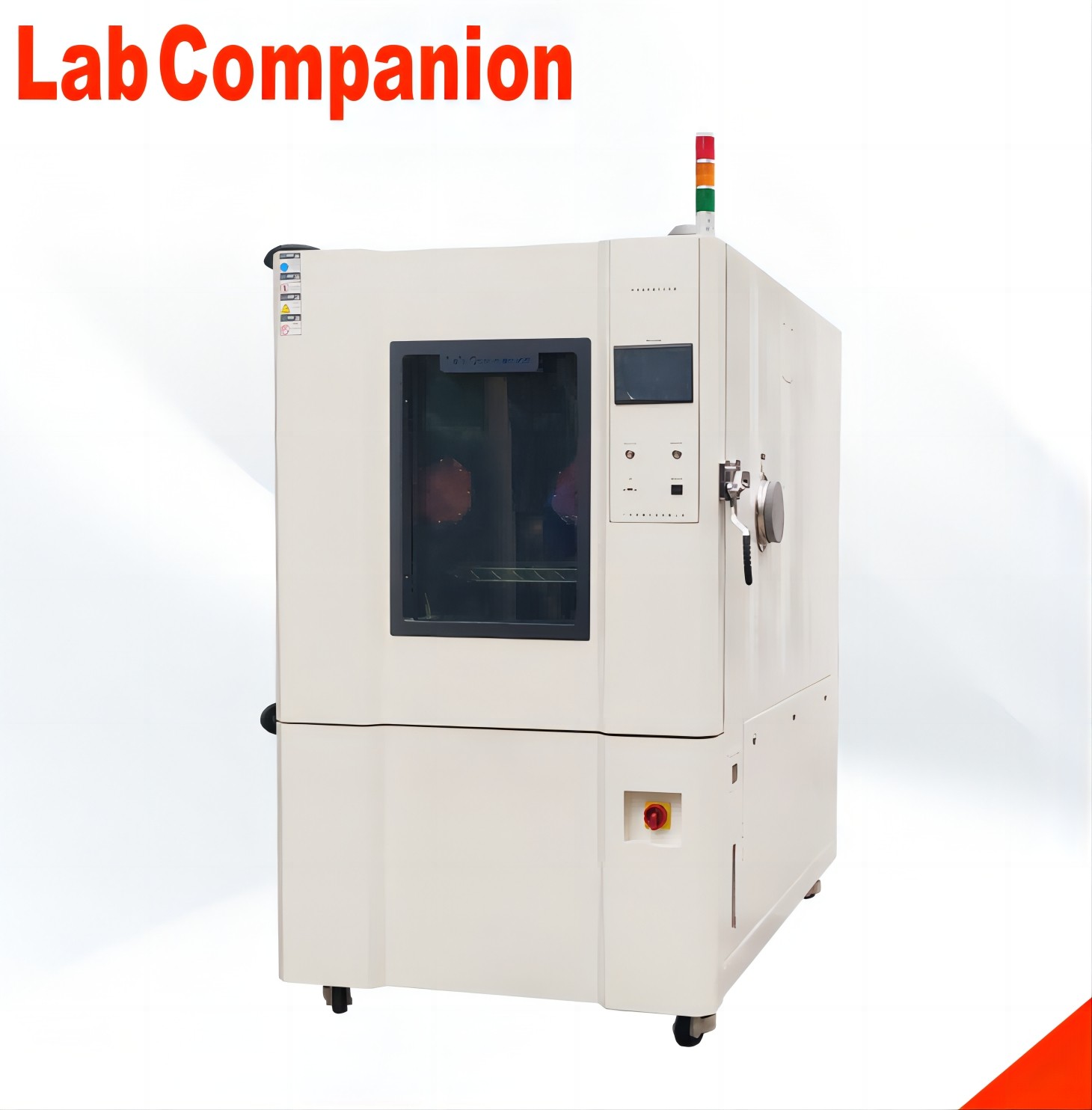راسلنا عبر البريد الإلكتروني :
info@lab-companion.com labcompanionltd@gmail.com-

-

طلب مكالمة :
+86 18688888286
يُعدّ Bellcore GR78-CORE أحد المواصفات المُستخدمة في القياسات المُبكرة لمقاومة عزل الأسطح (مثل IPC-650). وقد وُضعت الاحتياطات اللازمة في هذا الاختبار لتكون مرجعًا للأفراد الذين يحتاجون إلى إجرائه، كما يُمكننا من خلاله فهم هذه المواصفة بشكل أولي.
غرض الاختبار:
اختبار مقاومة العزل السطحي
1. غرفة اختبار درجة الحرارة والرطوبة الثابتة: الحد الأدنى لظروف الاختبار هو 35 درجة مئوية ± 2 درجة مئوية / 85% رطوبة نسبية، 85 ± 2 درجة مئوية / 85% رطوبة نسبية
2. نظام قياس هجرة الأيونات: يسمح بقياس مقاومة العزل لدائرة الاختبار في ظل هذه الظروف، وسيكون مصدر الطاقة قادرًا على توفير 10 فولت تيار مستمر / 100 ميكرو أمبير.

إجراء الاختبار:
أ. يتم اختبار جسم الاختبار بعد 24 ساعة في بيئة بدرجة حرارة 23 درجة مئوية (73.4 درجة فهرنهايت)/50% رطوبة نسبية
ب. ضع أنماط الاختبار المحدودة على رف مناسب، واحتفظ بدوائر الاختبار على مسافة لا تقل عن 0.5 بوصة، دون إعاقة تدفق الهواء، والرف في الفرن حتى نهاية التجربة.
ج. ضع الرف في وسط غرفة اختبار درجة الحرارة والرطوبة الثابتة، ثم احاذِ لوحة الاختبار مع تدفق الهواء في الغرفة، ثم مدّ السلك إلى خارج الغرفة، بحيث يكون السلك بعيدًا عن دائرة الاختبار.
د. أغلق باب الفرن واضبط درجة الحرارة على 35 ± 2 درجة مئوية، مع رطوبة نسبية لا تقل عن 85%، واترك الفرن يستقر لعدة ساعات.
هـ. بعد 4 أيام، تُقاس مقاومة العزل، وتُسجل القيمة المقاسة دوريًا بين 1 و2، و2 و3، و3 و4، و4 و5، باستخدام جهد مطبق يتراوح بين 45 و100 فولت تيار مستمر. في ظل ظروف الاختبار، يُرسل الجهد المقاس إلى الدائرة بعد دقيقة واحدة. يكون الجهدان 2 و4 متماثلين دوريًا، والجهدان 5 متعاكسين دوريًا.
و. ينطبق هذا الشرط فقط على المواد الشفافة أو شبه الشفافة، مثل أقنعة اللحام والطلاءات المطابقة.
ز. بالنسبة للوحات الدوائر المطبوعة متعددة الطبقات اللازمة لاختبار مقاومة العزل، يُستخدم الإجراء الاعتيادي فقط لمنتجات دوائر اختبار مقاومة العزل. لا يُسمح بإجراءات تنظيف إضافية.
طريقة تحديد المطابقة:
1. بعد الانتهاء من اختبار هجرة الإلكترون، يتم إزالة عينة الاختبار من فرن الاختبار وإضاءتها من الخلف واختبارها بتكبير 10x، ولن يتم العثور على تقليل ظاهرة هجرة الإلكترون (النمو الخيطي) بأكثر من 20٪ بين الموصلات.
2. لن يتم استخدام المواد اللاصقة كأساس لإعادة النشر عند تحديد الامتثال لطريقة الاختبار 2.6.11 الخاصة بـ IPC-TM-650 [8] لفحص المظهر والسطح لكل عنصر على حدة.
مقاومة العزل لا تلبي متطلبات الأسباب:
1. تلحم الملوثات الخلايا مثل الأسلاك على السطح العازل للركيزة، أو يتم إسقاطها بواسطة مياه فرن الاختبار (الغرفة)
2. الدوائر غير المحفورة بشكل كامل سوف تقلل من مسافة العزل بين الموصلات بما يزيد عن متطلبات التصميم المسموح بها
3. يسبب تهيجًا أو كسرًا أو إتلافًا كبيرًا للعزل بين الموصلات